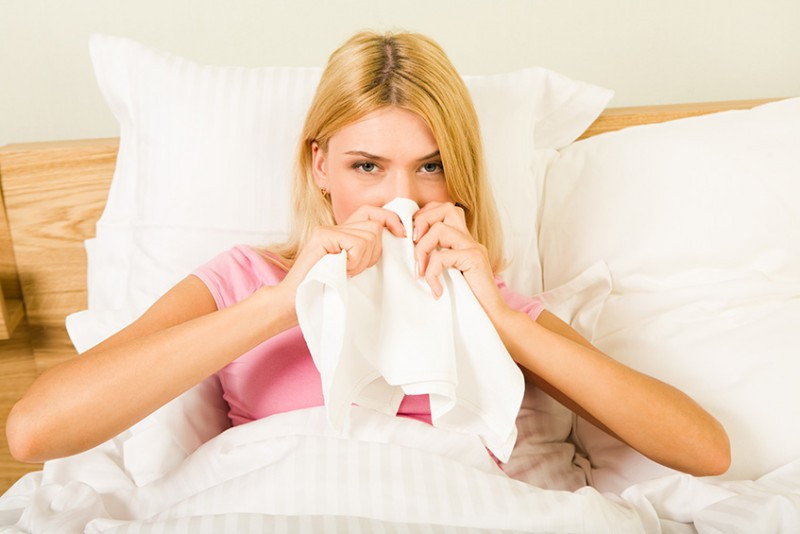What to do about spring allergies? Spring is officially three weeks away, but in some parts of the country it seems to be arriving earlier than usual this year. We know this not just from the unseasonably and extended warm periods we've had in some regions of the country, but also because spring allergies are starting to hit many of us. As always, allergies raise the same nagging questions: what causes allergies, how long do allergies last, and how do we get rid of them or at least make allergies a more tolerable companion? To better understand why allergies do what they do -- typically cause our eyes to itch and water, our noses to run and our whole body (it seems) to sneeze, it helps to know what's causing them. Blame your immune system, your body's sometimes oversensitive yet reliable biological defense mechanism. Occasionally, our immune system will misread an invasion of an innocuous substance (pollen, animal dander, etc.) as harmful, per webmd.com, and release a chemical known as histamine that attacks the foreign invader with a high degree of intensity. The result: it's time to buy a couple of boxes of facial tissues, get your hands on anti-itch eyedrops and start loading up on antihistamine. It also helps to know the difference between a cold and an allergy, especially when winter's back door is bumping up against spring's front door. The symptoms are similar, including congestion, fatigue and even headaches. There are differences, though, to include the following, per Cleveland Clinic:
Differences Between a Cold and Allergies
- Duration: colds usually run seven to 10 days, while seasonal allergies can drag on for several weeks.
- Sneezing: more commonly a sign of allergies, especially when you find yourself sneezing two or three times in a row, numerous times.
- Discharge of mucus: a cold's discharge from the nose will be yellowish and a bit thicker, while an allergy's blown discharge is clear, thin and watery
- Fever's presence: A cold often gets a companion fever; not so with allergies.
- Time of year: colds come in the winter, most of the time: allergies in spring or fall, when trees, plants and grasses are pollinating.
Common Allergy Triggers
- Pollen: Found in many different types of plants.
- Dust mites: Can't be seen without a microscope. A year-round threat.
- Mold: Tiny fungi with spores that float in air, and they thrive in damp areas.
- Animal dander and (ugh) cockroaches: More specifically, proteins from oil glands in animal's skin or from an animal's saliva.
- Insect sting: Usual suspects are bees, fire ants, hornets, yellow jackets and wasps.
- Latex: Found in gloves, condoms, paint, etc.
- Food: Symptoms can appear within minutes after eating problem food. Peanuts and dairy products are on some sufferer's lists of no-nos.
- Drugs: Think penicillin or aspirin, for starters.
Tips to Reduce Allergy Symptoms
- Stay indoors when the outdoor pollen count goes way up.
- Keep doors and windows closed in the springtime. This helps keep allergens out.
- An air purifier can also be of service.
- Clean the air filters inside the house often.
- Vacuum often and wear a mask covering nose and mouth. Vacuuming can kick up pollen, mold and dust.
- Use a nasal rinse. Kits are available to be purchased. Flush one nostril at a time.
- Keep sipping water, or juice or some other nonalcoholic drink. This can thin the mucus in your nasal passages.
- Try an over-the-counter antihistamine or other suitable supplement, and stick with it.

